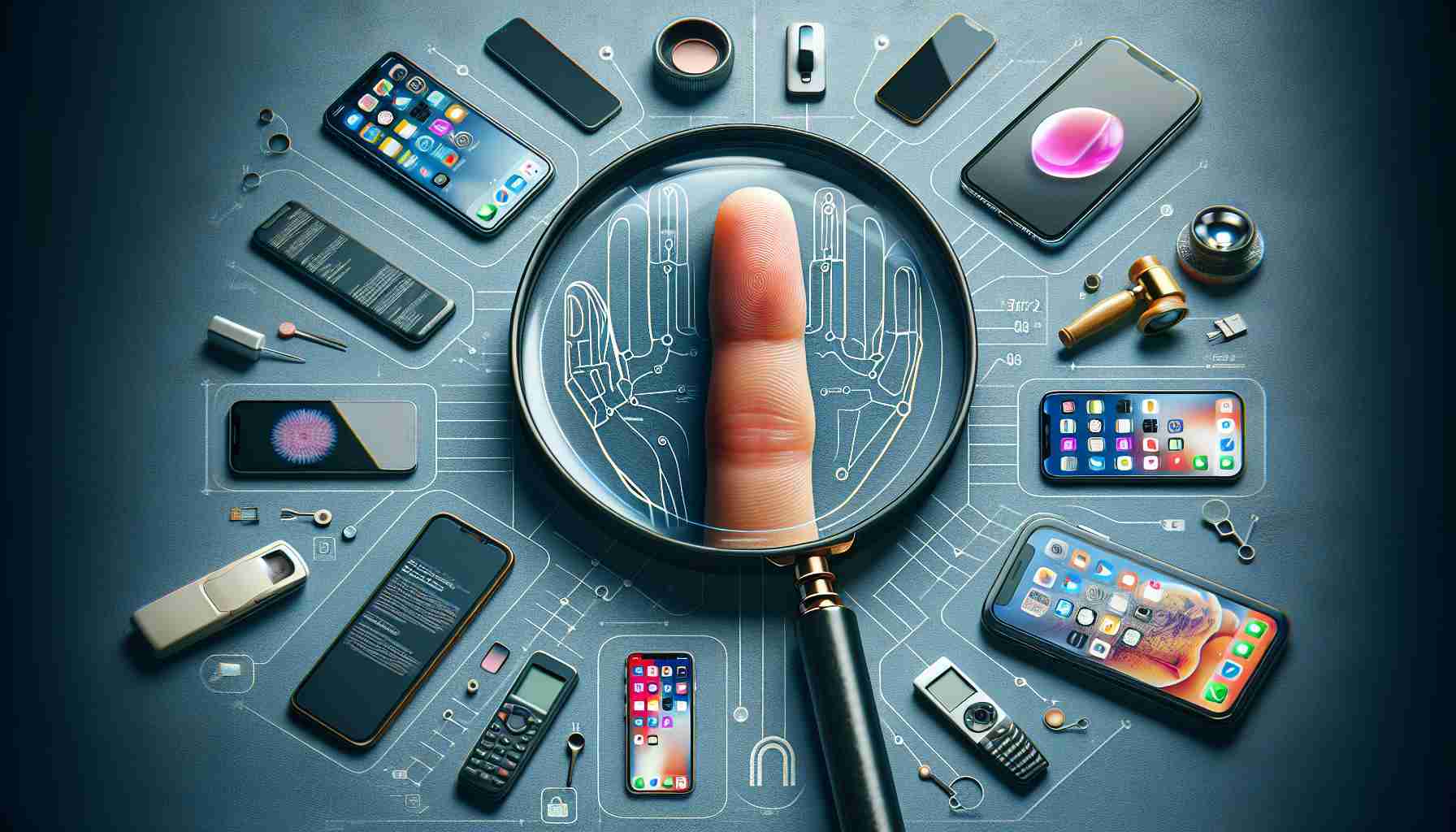The concept of “iPhone finger,” a supposed indentation of the pinky associated with frequent smartphone handling, has made its rounds in the digital community. This speculation has generated a buzz, particularly among avid device users, theorizing that the habitual smartphone grip might permanently alter the little finger’s shape.
Medical Community Clarifies the Misconception
The medical community, however, is quick to dispel this myth. Experts in the field assert that ‘iPhone finger’ is not a medically recognized condition, and no evidence exists to support that regular smartphone use could lead to a physical indentation in the pinky. Instead, they urge the public to distinguish between this non-issue and genuine hand-related concerns that could arise from smartphone overuse.
Real Health Implications Linked to Excessive Phone Use
Problems such as ‘smartphone elbow’, also known as cubital tunnel syndrome—stemming from extended periods of having the elbow flexed while using phones—and conditions like ‘texting thumb’, are real concerns with concrete symptoms. Unlike the fanciful ‘smartphone pinky’, these ailments can cause numbness or tingling and indicate possible nerve damage.
Ergonomic Tips and Preventative Measures
In response to the underlying problem of prolonged phone use, experts in ergonomics have developed strategies for safe device interaction to prevent issues like carpal tunnel syndrome. They emphasize the importance of proper device handling and regular breaks to mitigate strain on the hands and wrists.
Broader Impact of Smart Device Usage
On a psychological level, professionals caution about the mental health risks associated with uninterrupted smartphone connectivity, which may lead to heightened stress, disrupted sleep, and addictive tendencies.
In navigating the benefits and drawbacks of smartphone usage, users are encouraged to consult credible sources like the World Health Organization, the Mayo Clinic, and the American Academy of Orthopaedic Surgeons for accurate health information. Engaging with reliable health information outlets is crucial in avoiding misinformation and maintaining both physical and mental health in our increasingly digital world.
Additional Relevant Facts:
– Frequent and prolonged usage of smartphones can lead to a variety of musculoskeletal disorders in the hands and upper extremities, including thumb tendinitis, also known as ‘De Quervain’s tenosynovitis’.
– ‘Tech neck’, or neck strain resulting from looking down at devices for too long, is another condition that can be exacerbated by excessive smartphone use.
– Changes in finger shape or structure, such as those speculated with ‘iPhone finger’, would more likely result from conditions like osteoarthritis or rheumatoid arthritis, which can be exacerbated by repetitive or improper use of joints.
Important Questions and Answers:
– Can phone use change the shape of your fingers?
No, regular smartphone use does not physically change the shape of your fingers, like causing a permanent ‘iPhone finger’ indentation.
– What are the real health concerns related to smartphone overuse?
Actual health concerns include repetitive strain injuries like ‘texting thumb’, ‘smartphone elbow’, and ergonomic issues such as carpal tunnel syndrome, as well as the potential for increased stress and sleep disturbances.
Key Challenges or Controversies:
– One of the key challenges is ensuring the public receives accurate information regarding health risks associated with smartphones, as myths like ‘iPhone finger’ can cause unnecessary concern.
– Another challenge is educating smartphone users about the importance of ergonomic use to prevent real health issues that are often overlooked, such as ‘texting thumb’ and ‘smartphone elbow’.
Advantages and Disadvantages:
– Advantages: Smartphones provide unparalleled connectivity, access to information, and convenience in daily life.
– Disadvantages: Overuse or improper use can lead to a range of musculoskeletal problems, as well as potential mental health issues, due to the constant connectivity.
For credible health information related to smartphone use and its impacts, you may want to consult authoritative sources such as the World Health Organization at WHO, the Mayo Clinic at Mayo Clinic, and the American Academy of Orthopaedic Surgeons at AAOS. These organizations provide well-researched and trustworthy health guidelines and advice.
